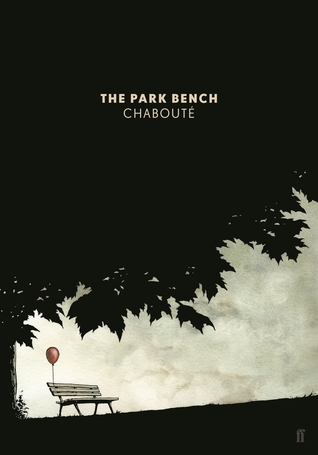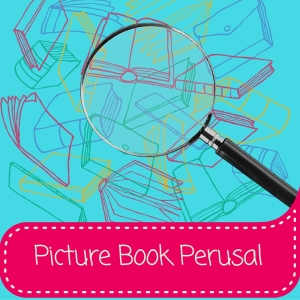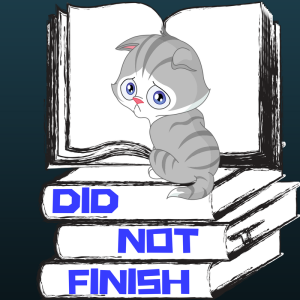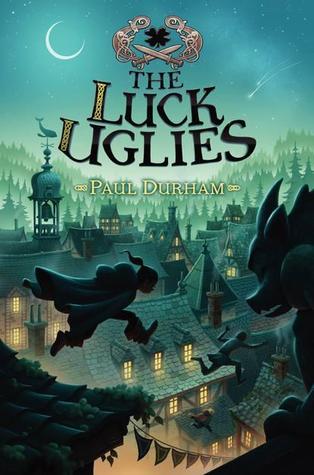
Well. Sort of. We haven’t come to the complete, grinding end, but it’s time to announce that I will be winding back my output for this blog over the next few months. After nearly five years of blogging and nearly two years of posting five days a week, I have hit something of a wall in both reading and wanting to blog and I have therefore made the decision to ease off a bit.
It started with Fiction in 50. At the end of last year I was unsure of whether I wanted to continue that feature because it felt like a chore more than anything. I put the question to you good folk and some of you felt strongly that it should stay, so stay it has. But my heart’s not in it.
Then over the past month or two I’ve had enormous trouble keeping up with my review schedule. I just can’t seem to read fast enough to get through all the books I have scheduled. And just when I get through one stack, a whole new slew of books arrives in the mail. I’ve come to dread receiving book-shaped packages, to tell you the truth, which is a very sad thing for a Bookshelf Gargoyle. I’ve been reading the same two books for a fortnight now and while I’m enjoying both, I don’t seem to be making much progress.
A few nights ago, instead of picking up my scheduled books, I started re-reading Harry Potter and the Goblet of Fire. I haven’t re-read it in years and for the last few days I have loved dropping back into that world. I have ignored my reviewing responsibilities and I’m loving it.
I’ve also been having tech issues, with computers dying and troubles with posting on other devices. Then there’s the fact that I really only get one day during the week to post, so I have to cram in five, sometimes six days worth of posts, into a few hours of sitting in front of the computer.
It has all begun to feel like too much work for something that is supposed to be a hobby.
So today I emailed the main publishers that I work with and asked that any requests for books that I have made for the rest of the year be withdrawn so I can sit back, relax and concentrate on getting through the books I have already received. This was tricky to do because even as I looked through the list I thought, “Oh no, I can’t cancel THAT request, I just HAVE to read that book!” but I steeled my reserve and pressed send regardless. And as if to illustrate the necessity of taking this action, I had no sooner sent the emails than the postman arrived with another book.
The crux of the matter is that for the next little while I will not be posting five days a week. I may post once a week. Maybe once a fortnight. I will endeavour to post on the books that I have already received from publishers – about 14 in total – but I have completely ignored Netgalley for the last week and I don’t think I’ll get to the 20+ books on my Netgalley list.
I am taking a break.
And this decision has made me a lot more positively disposed toward the books already sitting on my shelf.
Until next time,
Bruce




















